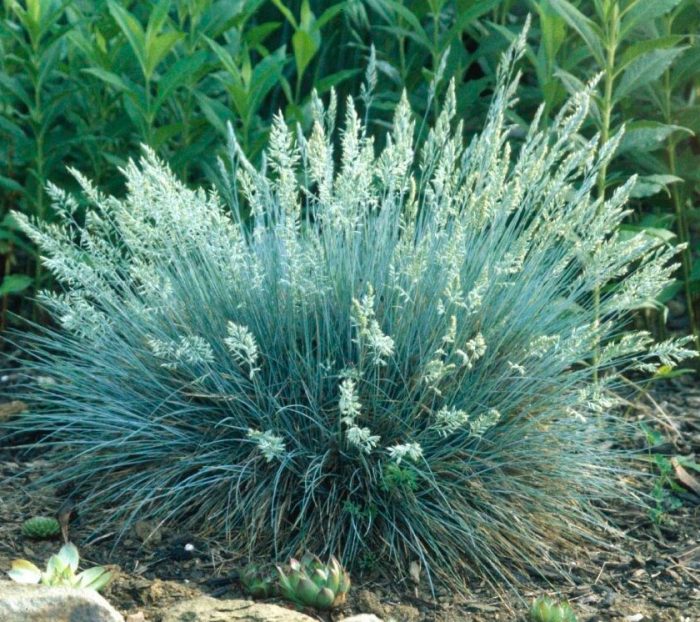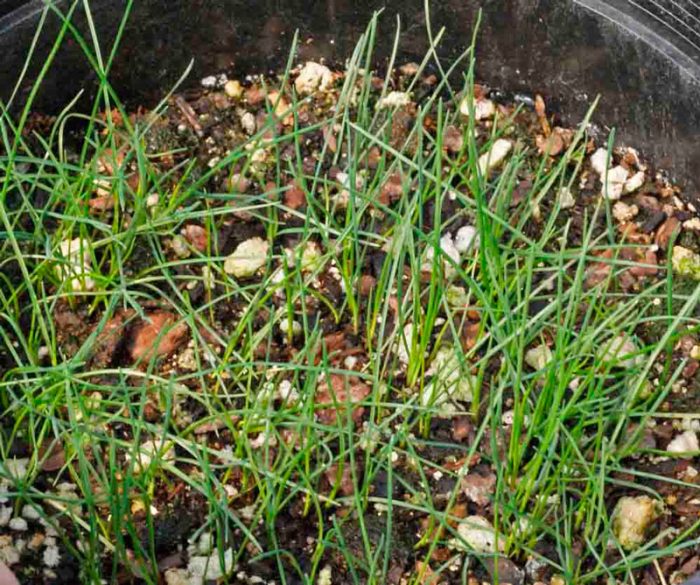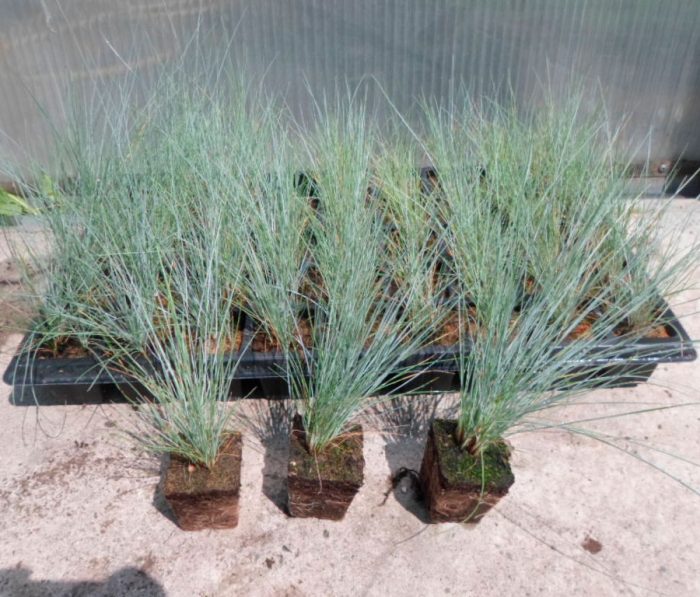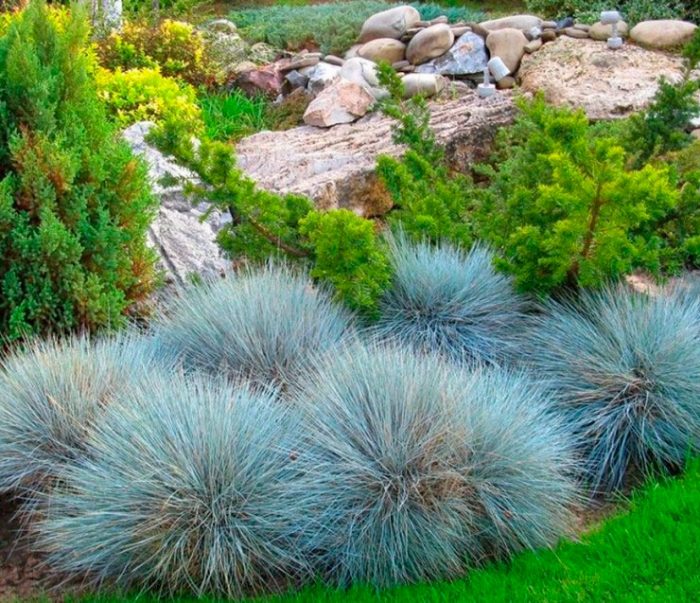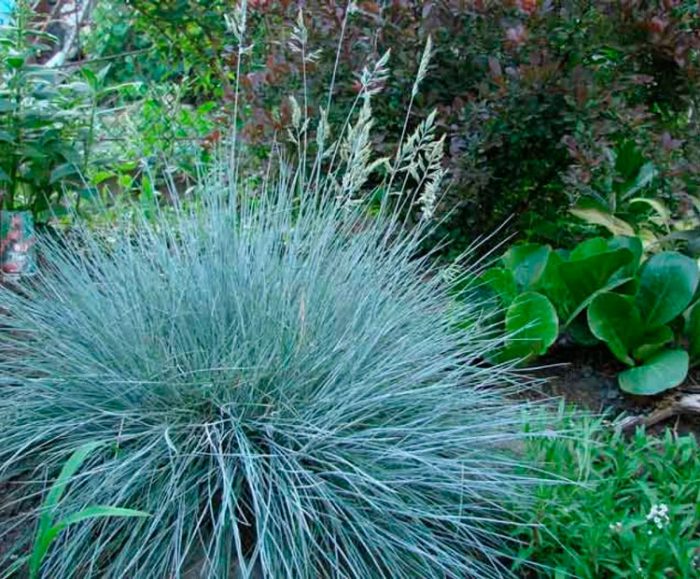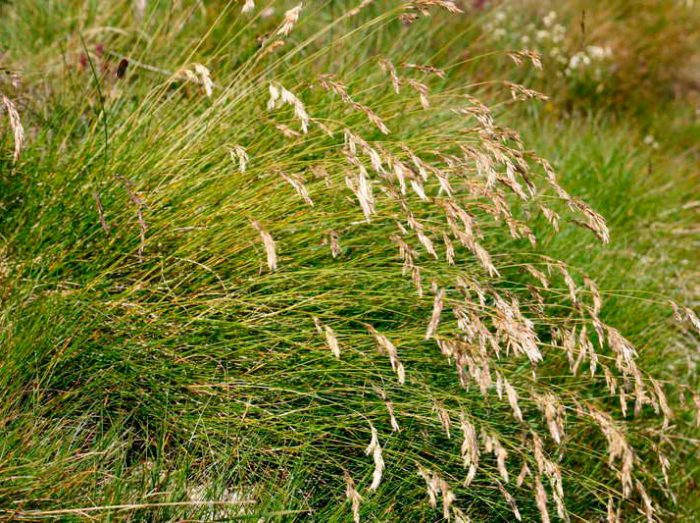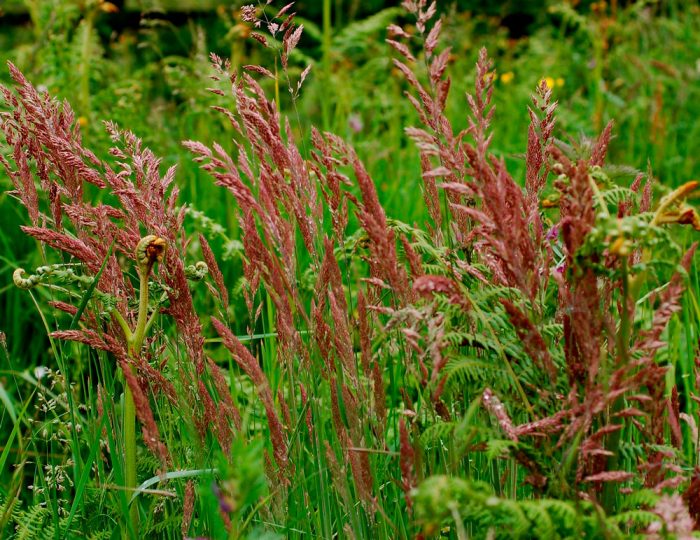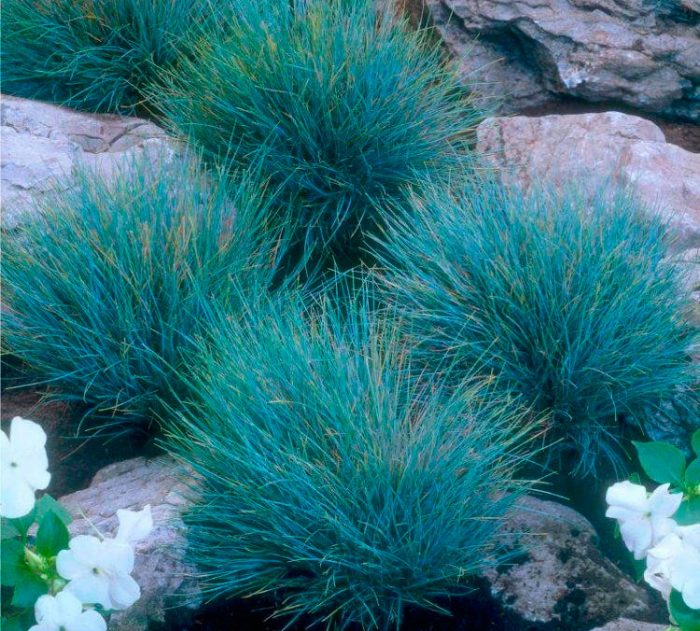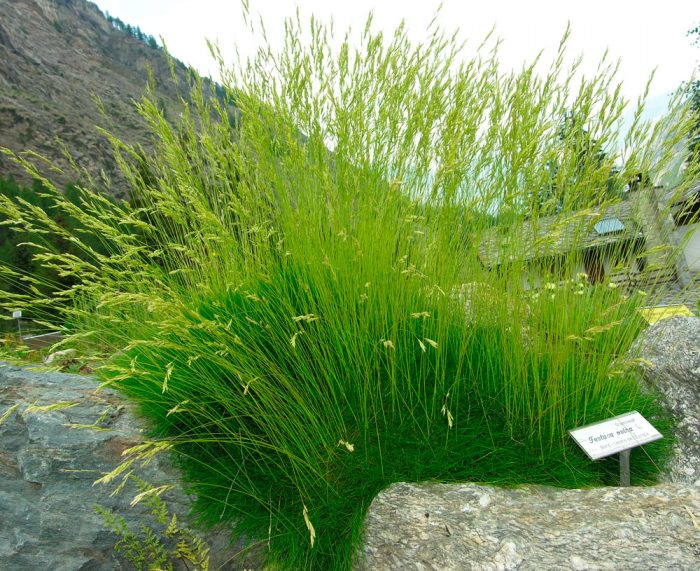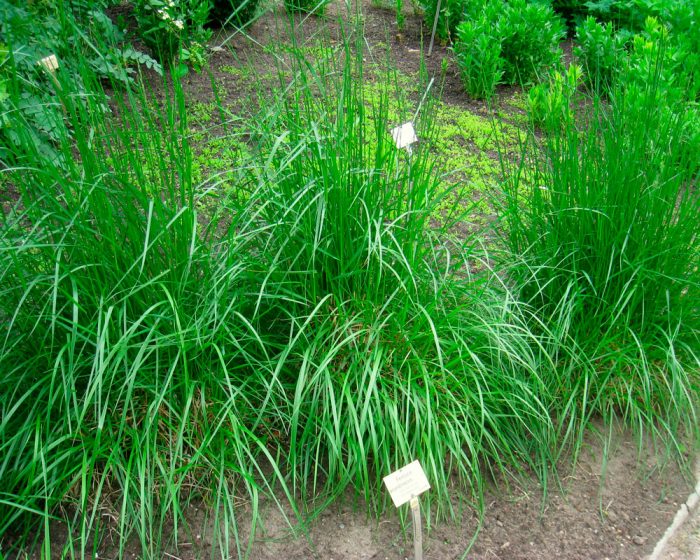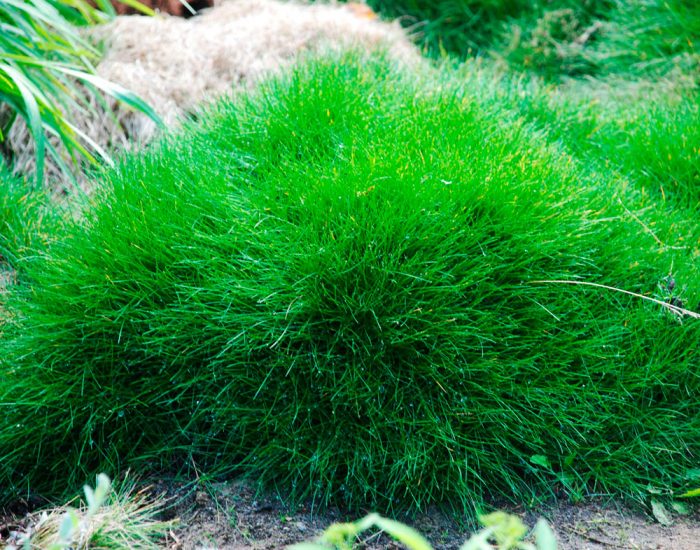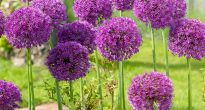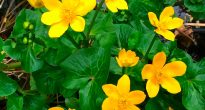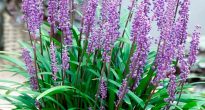The herbaceous plant fescue is a member of the Cereals family and is highly decorative. It forms unusually dense, spherical sod. Outwardly, they look like bumps decorated with thick thin foliage, which can be painted in different colors.
Fescue grows and develops best in regions with temperate and cold climates, as well as in mountainous elevations. This plant, which is undemanding to both care and growing conditions, is highly drought tolerant, and it also grows and develops normally on salty and poor soil. Some of the species of this perennial are widely cultivated in the open field. And there are also species that are grown as a fodder crop, and in this case, whole fields and pastures are sown with fescue.
Content
Features of fescue
A herbaceous perennial plant, fescue has a creeping or compact root system. Among the ornamental varieties grown in the garden, there are rarely those that have a height of more than 10–20 centimeters. But in natural conditions, there are species whose thin erect shoots can reach a height of 120 to 200 cm. During active growth, naked peduncles form in the bush, as well as lateral vegetative shoots, which are covered with leaf plates.
Vaginal foliage has a linear shape, while its surface is hairy or rough. It grows at the base of the stems, as well as in the nodes of the shoots. The maximum leaf width is 15 mm. The leaves are folded in half along the vertical axis, making them look even narrower. Because foliage is folded in half, it evaporates less moisture, which helps the plant survive during extended dry periods. On the surface of the leaf plate, parallel veins are clearly visible, and its top looks outwardly like an awl-shaped growth.
The beginning of flowering of such a perennial falls on June. At this time, spreading paniculate inflorescences form, which include less long spikelets, which are attached to a thin pedicel. The spikelet length can vary from 5 to 15 mm. At the same time, bare peduncles are almost 2 times longer than foliage.That is why, during flowering, unusual inflorescences effectively rise above the bush. Loose paniculate inflorescences make the bush more airy and light. They are painted in light greenish and yellow shades. The scales that form on the spikelets have a keeled shape and vary in size. Under them is an obovate ovary with a pair of stigmas and three stamens.
If pollination occurs, then the plant forms seeds, which are caryopses. In length, they reach only 0.2 to 0.5 cm, in the front part they have a deep groove, and on the side of the back there is a tubercle.
Reproduction methods
Open field fescue can be propagated in two ways: by dividing the bush and by seed.
Growing from seeds
This perennial reproduces well by self-seeding. If the wilting inflorescences are not cut off in time, then after ripening the seeds easily fall out of the ears and end up on the soil surface. With the onset of spring, in places where seeds have spilled, seedlings will appear. After 30 days, if necessary, the grown plants can be dug up and planted in a permanent place.
If this perennial is not yet on your site, then it can easily be grown from seeds through seedlings. In this case, sowing seeds purchased at a flower shop is carried out at the end of winter. To do this, take a special container for seedlings and fill it with soil mixture. The seeds need pre-sowing preparation, for this they are kept for some time in a pinkish solution of potassium manganese. Seeds are sown thickly, in this case you will get an effective dense pillow. To do this, holes are made in the surface of the substrate 50 mm deep, while the distance between them should be 10–20 centimeters. From 5 to 7 seeds are placed in each such hole. The first seedlings should appear after 10-15 days. They are characterized by rapid growth, so it takes very little time to form a dense, lush turf. When the weather is warm outside, the bushes are planted in the garden. Until that moment, they are kept in a place where it is light and cool. This will help prevent the stems from pulling out.
Dividing the bush
For reproduction by dividing the bush, only those plants that are two or three years old are suitable, while they must be strongly overgrown. Carefully remove all the turf from the ground and divide it into pieces, which should not be very large, while trying not to injure the root system. As soon as the bush is divided, the cuttings are planted in a permanent place. In this case, the soil on the site must be dug up in advance and humus or compost must be added to it. In order for young bushes to form a dense turf, they will need time.
There is a way that will speed up the process of growing divisions:
- in late autumn, dig up an overgrown bush and plant it in a flowerpot;
- transfer it to a wintering place where it is always cool and there is good lighting, while there should be no dampness;
- at the beginning of spring, the bush must be divided into parts, which must be planted in containers filled with suitable soil, where the cuttings will grow until warm weather sets in.
Landing in open ground
While the fescue is young, it is weakly resistant to frost, therefore, seedlings are planted in the soil at the end of spring and only when the return frosts are left behind. A site suitable for planting should be sunny with light and loose soil, well water and air permeable, slightly alkaline or neutral. An overly nutritious soil is not suitable for this plant, as well as an area where groundwater is too high.
Bushes are planted in dug up soil, into which sand and slaked lime are preliminarily introduced. Fescue is characterized by rapid growth, so it must be dug up, divided into parts and replanted once every 2 or 3 years.Otherwise, the plant will lose its decorative effect.
Fescue care
Watering
Fescue is drought tolerant, so it should only be watered when absolutely necessary, when it hasn't rained for a long time. Do not allow stagnation of water in the ground, as this causes some of the stems to die off the plant, and rot appears on the roots.
Fertilizer
Top dressing should be infrequent. Even if the bush grows on depleted land, then it will be enough to feed it 1 or 2 times during the season. To do this, take a complex mineral fertilizer for decorative deciduous crops, and only ½ part of the dose recommended by the manufacturer is needed.
Pruning
When the snow melts in the springtime, cut off all the dried leaves and stems from the bush. Then clean it of debris with a rake. If you do not need seeds, then after the inflorescences dry, they are cut off.
Wintering
Most of the varieties of fescue are highly winter-hardy. But if the winters in the region are snowy and frosty, then in late autumn the bushes are covered with a layer of loose leaves and dry straw. Old bushes are less resistant to frost than young ones.
Diseases and pests
The plant is resistant to pests and diseases. However, if it grows in a flooded or damp area, then it can be affected by a fungal disease.


Watch this video on YouTube
Types of fescue with photos and names
There are more than 660 species of fescue in nature. However, in the open field, about 20 species are cultivated by gardeners.
Meadow fescue (Festuca pratensis)
On one bush of such a herbaceous perennial plant, there are both lodging and upright shoots. Sod in height can reach from 0.5 to 1 meter. The bush is decorated with lush light green or deep green foliage, which has a linear shape, the length of which is about 0.3 m. Flowering is observed in June, while paniculate inflorescences reach 15 to 17 centimeters in length. They include elongated spikelets located on flexible peduncles. This species is highly frost-resistant, but at the same time it does not tolerate prolonged drought.
Red fescue (Festuca rubra)
The turf includes bare shoots, the height of which varies from 60 to 80 mm. And also there are lateral pale red processes, characterized by high density. On the surface of the processes, there are dense thin leaves, the length of which is from 0.3 to 0.4 m. The reddish-green leaf plates are folded along the median vein, and their surface is ribbed. The flowering bush is decorated with loose panicles about 12 centimeters long. This winter-hardy plant grows best on wet or flooded soil.
Gray fescue (Festuca glauca)
The ball-shaped dense turf looks very similar to a hummock, the height of which is from 0.5 to 0.6 m. It is decorated with lush bluish-blue or silvery-green foliage of a narrow linear shape. Greenish-gray paniculate inflorescences are also distinguished by their splendor. Moreover, when they wither, they are painted in a straw shade. This heat-loving plant can die due to severe frosts.
The best varieties:
- blue bump - a dense bush adorns a large number of narrow leaf plates of a bluish-green color;
- lapis lazuli - this variety stands out from the rest with its spectacular silvery-blue foliage;
- glacial titmouse - the height of the bush is 0.3–0.4 m, dense narrow foliage of a grayish-blue hue grows on it.
Sheep fescue (Festuca ovina)
As it grows, the bush forms dense spherical cushions, the height of which does not exceed 0.2–0.3 m. They include long thin shoots and narrow leaf plates. The shoots have a deep green color. In June, loose, oblong panicle inflorescences are formed, consisting of drooping spikelets. The plant is highly drought tolerant and grows well in infertile soil.
Reed fescue (Festuca arundinacea)
This perennial feels great on saline soil. His rhizome is short, and the shoots are dense and reach about one and a half meters in height. At the base of the stems, narrow, rigid leaf plates are formed. The bush blooms in June-July. At this time, bare peduncles with drooping paniculate inflorescences, about 20 centimeters long, are formed on it.
Gautier fescue (Festuca gautieri)
This evergreen plant is distinguished by its compactness: its height is up to 10 centimeters, and in diameter it reaches about 60 centimeters. Its filamentous leaf plates are colored dark green. In the last days of June, paniculate greenish-gray inflorescences form on the bushes, the length of which can be from 5 to 7 centimeters.
Fescue in landscape design
Among the stony masonry, along the perimeter of the flower garden, on the lawn or near the curb, lush bushes of fescue of green, light green, blue or dove look just great. It was also noticed that the root system of this plant strengthens the soil, so it is used to prevent landslides. On the slopes, various varieties of fescue are often planted, differing in the shade of the foliage. The result is an amazingly beautiful panel.
This perennial can be planted together with cuff, tradescantia, miscanthus, bell, hosts, veronica and lungwort. Fescue is also often grown as a regular lawn, planting bushes more evenly.
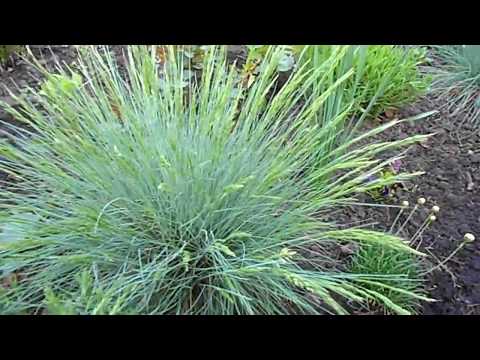

Watch this video on YouTube

